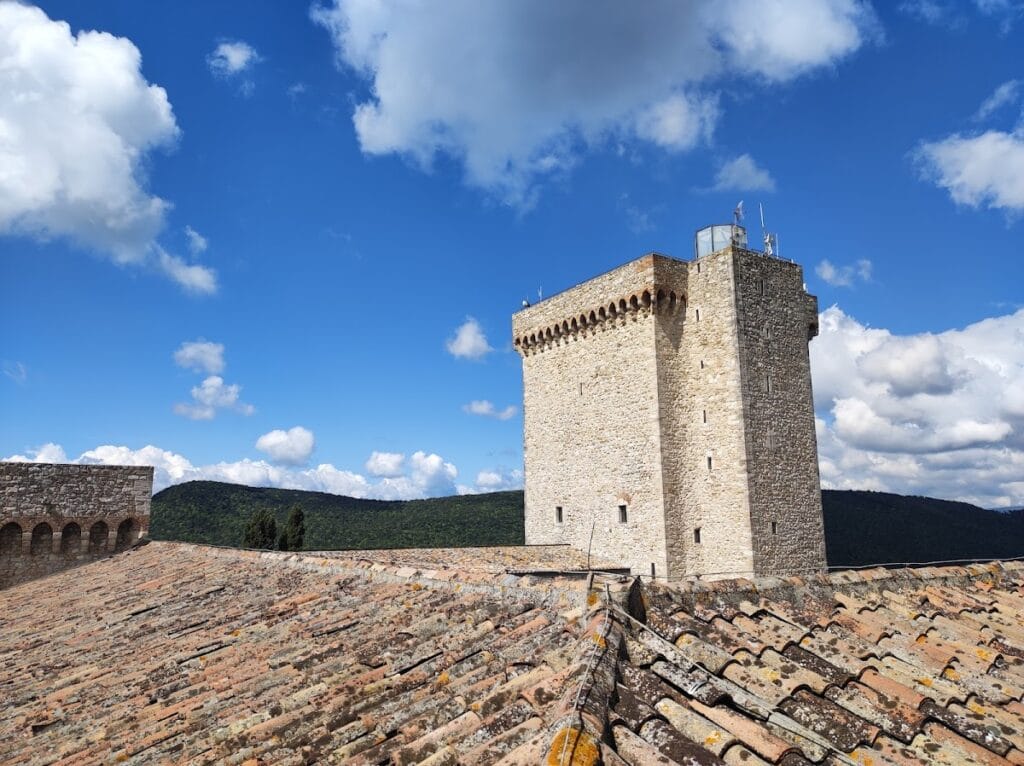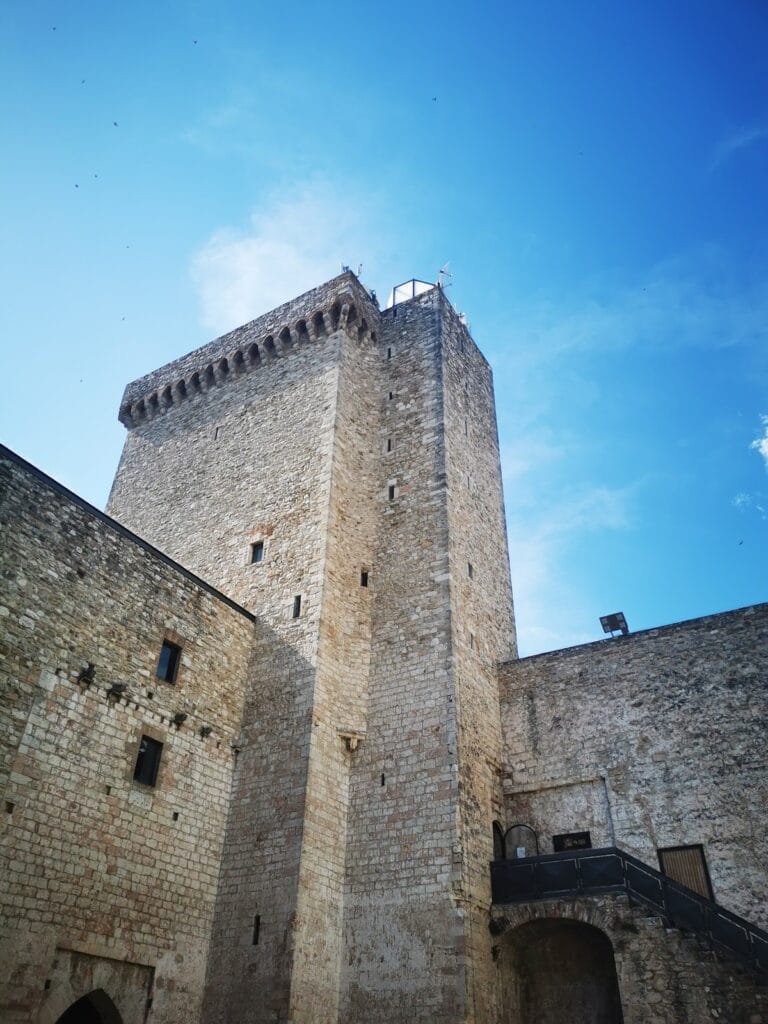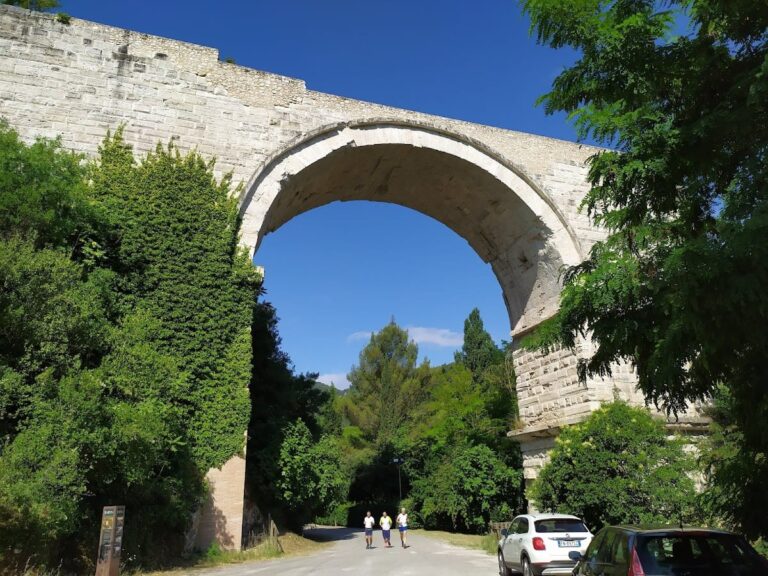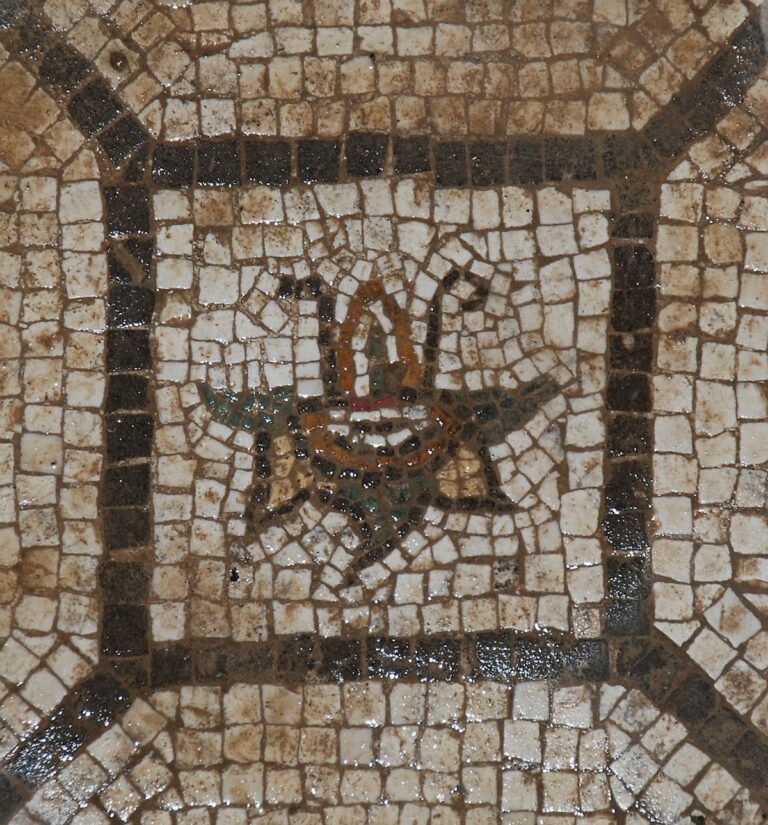Rocca di Albornoz, Narni: A 14th-Century Papal Fortress in Italy
Visitor Information
Google Rating: 4.2
Popularity: Medium
Google Maps: View on Google Maps
Official Website: www.archeoares.it
Country: Italy
Civilization: Medieval European
Remains: Military
History
The Rocca di Albornoz is a fortress located in the town of Narni, Italy, constructed by the papal powers during the 14th century. The site’s origins trace back to earlier military uses, including a facility built by the Holy Roman Emperor Frederick Barbarossa. Later, before the fortress’s construction, a convent housing Clarisse nuns occupied the location.
In 1367, Cardinal Egidio Albornoz commissioned the building of the fortress amid the papacy’s efforts to reestablish control over central Italy following its exile in Avignon. The Rocca was completed in 1378, inaugurated in the presence of Cardinal Philippe d’Alençon. Designed primarily for defense, the fortress oversaw important routes connecting Narni with Perugia, Amelia, Terni, and key roads such as the Via Flaminia leading toward Orte and the Lazio region.
Throughout its history, the fortress witnessed several conflicts and changes of control reflecting the turbulent political landscape of the time. In 1395, Pandolfo Malatesta captured the stronghold, but it was swiftly retaken by papal forces in 1396. In 1417, the condottiero Braccio Fortebraccio seized the Rocca, which was later regained by Pope Martin V. The fortress remained a contested site, passing under the influence of Popes Eugenius IV and Nicholas V, as well as noble families like the Colonna. It also held political prisoners, including Count Francesco Cenci, linking the site to notable historical figures such as Pope Boniface IX, Cardinal Durante Duranti, and the astronomer Alessandro Piccolomini.
In the 16th century, the Rocca survived a siege in 1527 when the mercenary Lanzichenecchi troops, having ravaged Rome, attacked Narni but failed to capture the fortress. Later, in 1798, French forces led by General Berthier took possession of the site amid wider Napoleonic campaigns. By 1860, the fortress was peacefully handed over to General Luigi Masi as part of the unification process bringing this territory into the Kingdom of Italy.
In the 20th century, ownership transferred to a Russian prince who maintained private possession until 1972. Afterward, local public authorities undertook restoration efforts to preserve the fortress as a prominent historical and architectural monument in Narni.
Remains
The Rocca di Albornoz presents a roughly square plan, reinforced by four projecting corner towers that extend beyond the curtain walls. This layout permitted defenders to cover each wall segment effectively through specially designed loopholes, narrow vertical openings intended for archers or gunners. The largest corner tower, known as the Maschio, is formed from the junction of two adjoining structures and is visible only from within the fortress’s inner courtyard, highlighting its strategic and architectural complexity.
Each side of the fortress measures about 60 braccia (approximately 36 meters), while the Maschio tower itself spans 20 braccia (around 12 meters) per side. Built atop a hill 332 meters above sea level, the site overlooks the city of Narni and the valley of the Nera river, providing natural defensive advantage on its uphill side as well as commanding views essential for monitoring key access routes.
Defensive features include a formidable double curtain wall complemented by a moat encircling the fortress, enhancing its resistance to siege. Notably, a subterranean passage connects the main fortress to an external outpost in the Arvolte district. This outpost comprised five circular towers positioned near the hospital, serving as an advanced defensive position. Tradition and historical accounts suggest that the passage may even have extended beneath the town center up to the Piazza dei Priori, indicating an elaborate system of secure communication and movement during times of attack.
Originally, the Maschio tower was separated from the main structure, accessible only by a drawbridge, reinforcing its role as a last refuge during assaults. An emergency water cistern located beneath its terrace provided essential reserves for defenders. Inside, the staircases are notably narrow, deliberately designed to hinder the advance of attackers attempting to storm the tower.
In the late 15th century, following directives from Pope Sixtus IV and later under Pope Innocent VIII, the fortress underwent additional fortification work that included the linkage with the Arvolte outpost. Subsequent Renaissance influences introduced more representational elements, reflected in the doors, windows, and the addition of two elegant Gothic-style porticoes within the inner courtyard. These decorative structures contrast with the fortress’s originally austere military appearance, attesting to evolving tastes and functions through the centuries.
The fortress also features an important artillery piece, a long colubrine cannon known as “La Scarmigliata,” installed on the Maschio tower in 1555. It bears relief decoration of Narni’s griffin emblem, symbolizing the city’s identity and military pride. The names of the corner towers reflect their orientation: the northern tower facing the city and the Maschio are called San Bernardo, the southern tower San Jacopo, and the eastern tower San Filippo. These denominations further link the fortress to local geography and patron saints.
Today, the Rocca di Albornoz stands as a well-preserved example of medieval and Renaissance military architecture, demonstrating complex defensive systems and layered historical modifications shaped by the shifting political and religious powers that controlled central Italy across centuries.










